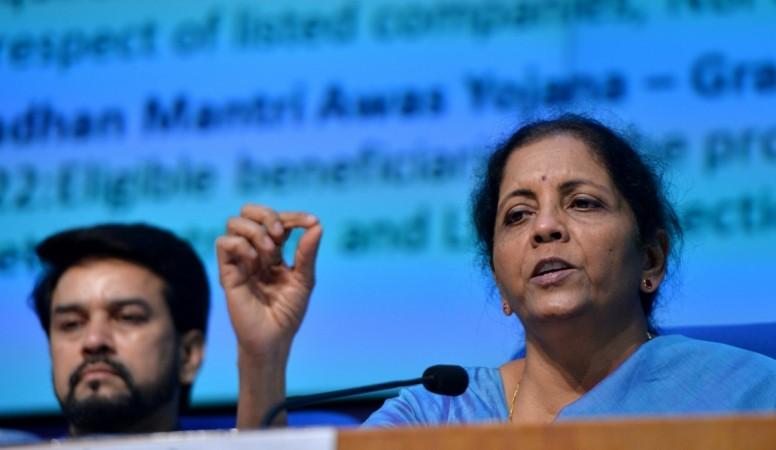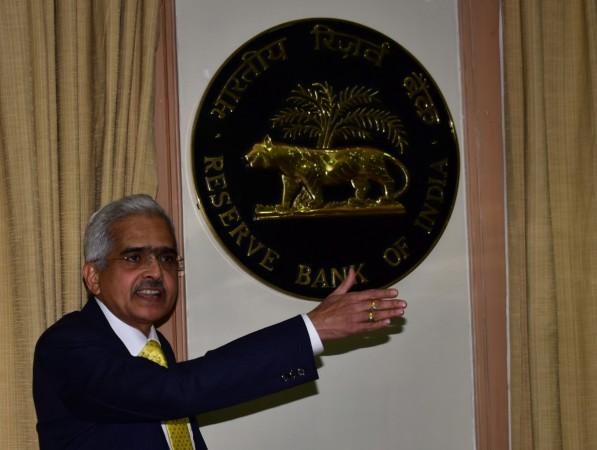To combat the negative effects of the coronavirus impact on the economy and sustain the business growth momentum, RBI governor Shaktikanta Das made the announcement under "extraordinary circumstances" to not declare growth or inflation, but implement an aggressive repo rate cut strategy - reducing it by 75 basis points and lowering reverse repo rate by 90 basis points.
During the global financial crisis in April 2009, the repo rate then was 4.74 percent. In 2020, the repo rate has touched the lowest ever in history at 4.4 percent. The reverse repo rate is also lowered by 90 basis points and the cash reserve ratio (CRR) was cut by 100 basis points to 3 percent with effect from March 28. These together contribute towards unlocking the primary liquidity potential of the Indian banking system of Rs 1.37 lakh crore.
Bold moves by RBI and its impact on economy
The Repo rate is the rate at which RBI controls the money supply in the economy and inflation. The rate is used by the central bank to lend money to commercial banks in the event of any shortfall of funds. The reverse repo rate is the rate at which funds are borrowed by RBI from commercial banks in India, wherein excess money is parked with RBI for the short term.
The percentage of total deposits that banks keep as reserves either with RBI or in their vaults which can be used for lending to customers in times of need is called the cash reserve ratio. Banks do not get any interest on such deposits kept with RBI or in their vaults, but this is one of the most important tools used by RBI to control inflation, maintain liquidity and monitor money supply in the economy. It is important to note that CRR when kept lower, the liquidity with banks is higher which can be used for investment and commercial lending purposes.
With unprecedented coronavirus lockdown impacting business activities and causing economic disruption, the Monetary Policy Committee met for a discussion on March 24, 25 and 26 before announcing the repo rate cuts. Stating that RBI is on a mission to ensure the normal functioning of markets, RBI governor Shaktikanta Das said that "tough times never last", we have to be "battle ready."

In response to the announcement by RBI, Finance Minister Nirmala Sitharaman said this was a much-needed initiative which will provide stimulus to economic growth. Further RBI has extended the repayment schedule and issued a three-month moratorium scheme for all loans outstanding with all banks as of March 1, 2020. This will help avoid large NPAs and heavy risk weights. Redemptions have been intensified with large selloff in bond markets and equity.
"Today RBI has taken giant steps to safeguard our economy from the impact of the Coronavirus. The announcements will improve liquidity, reduce cost of funds, help the middle class and businesses," PM Modi tweets after RBI's announcement.
How will this move help businesses and the lower-income strata?
A slew of measures announced by RBI Governor, Shaktikanta Das will prove beneficial to SMEs and lower-income segments. They are:
- RBI has allowed lending institutions, banks to defer interest on working capital repayments by 3 months, and clearly stated that moratorium on term loans will not result in asset classification downgrade.
- The repo rate cut will help new borrowers of consumer loans, to soon percolate into the existing borrowers and result in the reduction of deposit rate, thus affecting savers. The narrow interest rate difference between India and the rest of the world will make its impact felt on the foreign inflows with lesser returns (after factoring in the rupee hedging cost).
- RBI believes a reduction in CRR will improve cash liquidity in banks, which can be used for productive lending to commercial sectors and businesses. This, in turn, will contribute towards an economic boost.
- With the long-term repo auction, open market operations, and rupee-dollar swaps, RBI has created an overflow of liquidity over the last six months. However, excess liquidity at some point in time will fuel inflation, resulting in an increase in interest rates to impact economic growth in the long run.
- Banks will be reassessing the working capital cycle and it will not be treated as NPA.
- To mitigate the economic difficulties arising out of the virus outbreak, the Government of India has announced a comprehensive package of ₹ 1.70 lakh crore, covering cash transfers and food security, for vulnerable sections of society, including farmers, migrant workers, urban and rural poor, differently-abled persons and women.
- The three-month moratorium scheme by RBI on all term loans issued is to meet contingencies and is the need of the hour move. It will make it easier for companies who have been impacted heavily by the nationwide lockdown, disrupting supply chains and impeding their ability to service debt.
- The reverse repo auction with a tenor of 13 days would allow banks to park their excess cash of about Rs 2.60 lakh crore in the system and earn interest on the money parked for the short term period.
- Banks will have to be extra careful before lending to borrowers to ensure that the three-month moratorium scheme offered by the RBI is not taken undue advantage by companies with enough cash flows to service their loans. Assessing each case on a merit basis is much-needed, as any wrong move will have its impact felt directly on the bank's earnings over the next two quarters.
To revive economic growth and maintain the financial stability of the Indian economy, Shaktikanta Das said, "time has come for RBI to unleash an array of instruments from its arsenal and mitigate the burden of debt servicing now."

Meanwhile, the Central Bank has taken aggressive liquidity measures to infuse Rs.3.80 lakh crore funds into the Indian banking system through various repo means on a regular basis. To improve liquidity in the system, the RBI twist involves the long-term refinance option (LTRO) of Rs 1-trillion, which will have to be invested in commercial papers (CPs), corporate bonds or debentures, which will prove beneficial to markets.
It is important that RBI finds appropriate means and measures to maintain the right balance of liquidity in the system, and uses all the tools necessary to absorb off any excess liquidity, to control price inflation and monitor money supply. This should help economic revival in the long run.








![BJP fields Tashi Gyalson for Ladakh; drops sitting MP [details]](https://data1.ibtimes.co.in/en/full/797185/bjp-fields-tashi-gyalson-ladakh-drops-sitting-mp-details.jpg?w=220&h=138)






